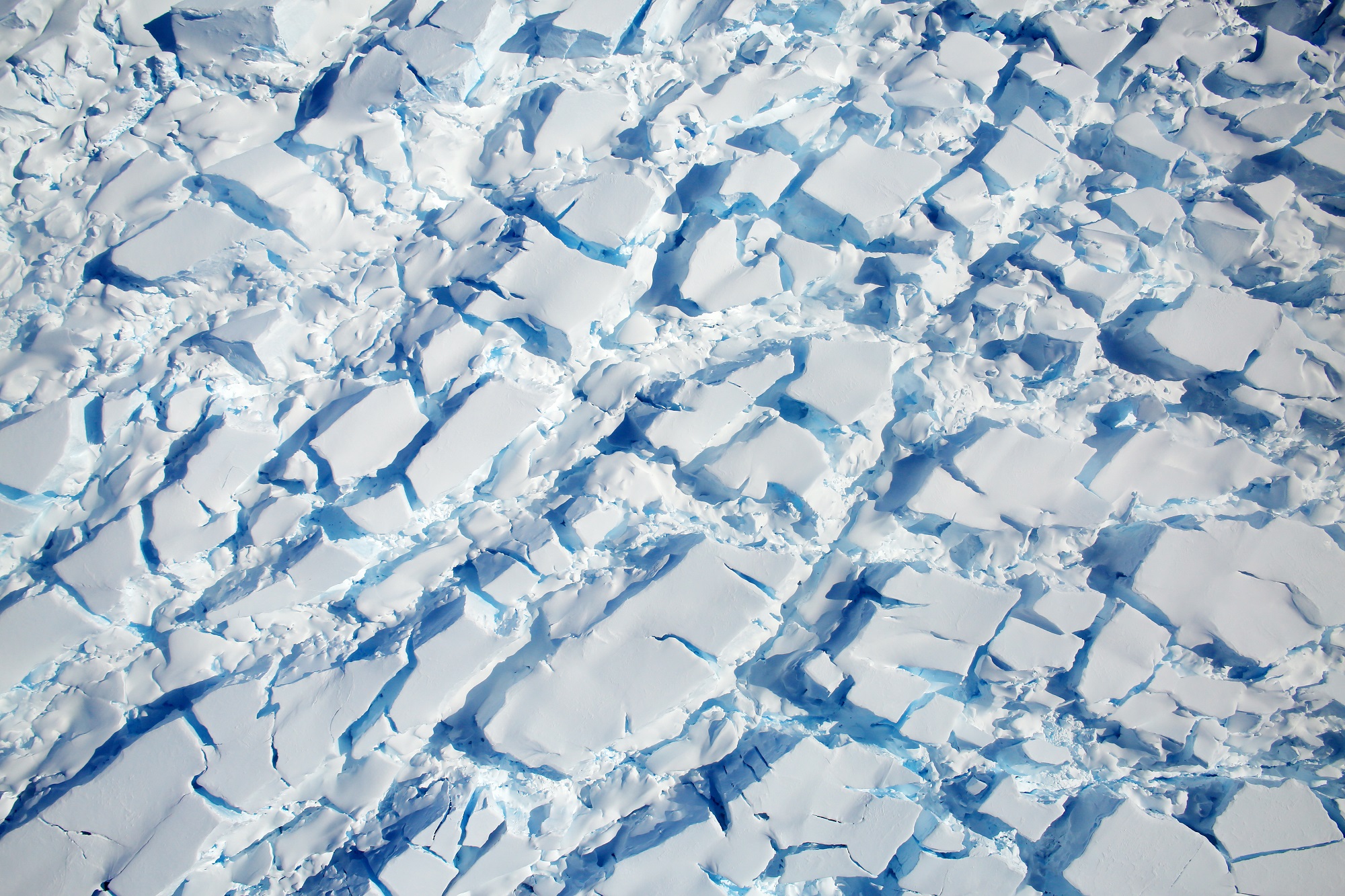Difference between revisions of "Template:Westarctica.wiki:Today's featured article"
Westarctica (talk | contribs) |
Westarctica (talk | contribs) |
||
| Line 3: | Line 3: | ||
Glaciers form only on land and are distinct from the much thinner [[sea ice]] and lake ice that form on the surface of bodies of water. | Glaciers form only on land and are distinct from the much thinner [[sea ice]] and lake ice that form on the surface of bodies of water. | ||
Recent [[Climate change|global warming]] has caused mountain glaciers and the ice sheets in Greenland and [[Antarctica]] to melt and global sea level to rise. Therefore, monitoring sea level rise and the mass balance of ice sheets and glaciers allows people to understand more about global warming. One of the possible impacts of global warming-triggered rebound may be more volcanic activity in previously ice-capped areas such as Iceland and Greenland. It may also trigger intraplate earthquakes near the [[ice]] margins of Greenland and [[Antarctica]]. | |||
'''([[Glacier|Full Article...]])''' | '''([[Glacier|Full Article...]])''' | ||
Revision as of 03:18, 23 August 2020
A glacier is a persistent body of dense ice that is constantly moving under its own weight; it forms where the accumulation of snow exceeds its ablation (melting and sublimation) over many years, often centuries. Glaciers slowly deform and flow due to stresses induced by their weight, creating crevasses and other distinguishing features. They also abrade rock and debris from their substrate to create landforms such as cirques and moraines.
Glaciers form only on land and are distinct from the much thinner sea ice and lake ice that form on the surface of bodies of water.
Recent global warming has caused mountain glaciers and the ice sheets in Greenland and Antarctica to melt and global sea level to rise. Therefore, monitoring sea level rise and the mass balance of ice sheets and glaciers allows people to understand more about global warming. One of the possible impacts of global warming-triggered rebound may be more volcanic activity in previously ice-capped areas such as Iceland and Greenland. It may also trigger intraplate earthquakes near the ice margins of Greenland and Antarctica.
